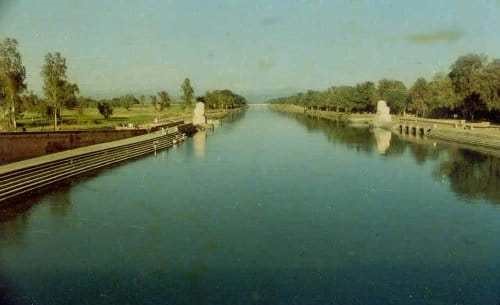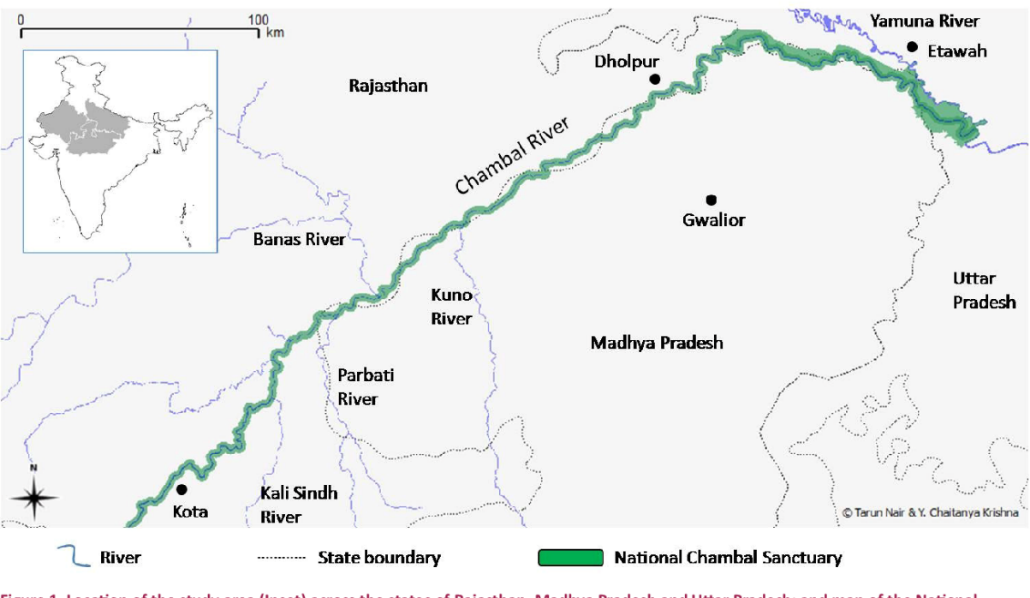Free Courses Sale ends Soon, Get It Now


Free Courses Sale ends Soon, Get It Now



Disclaimer: Copyright infringement not intended.
Context
Details
Note
Benefits Estimated in The Project
About Chambal River


© 2024 iasgyan. All right reserved